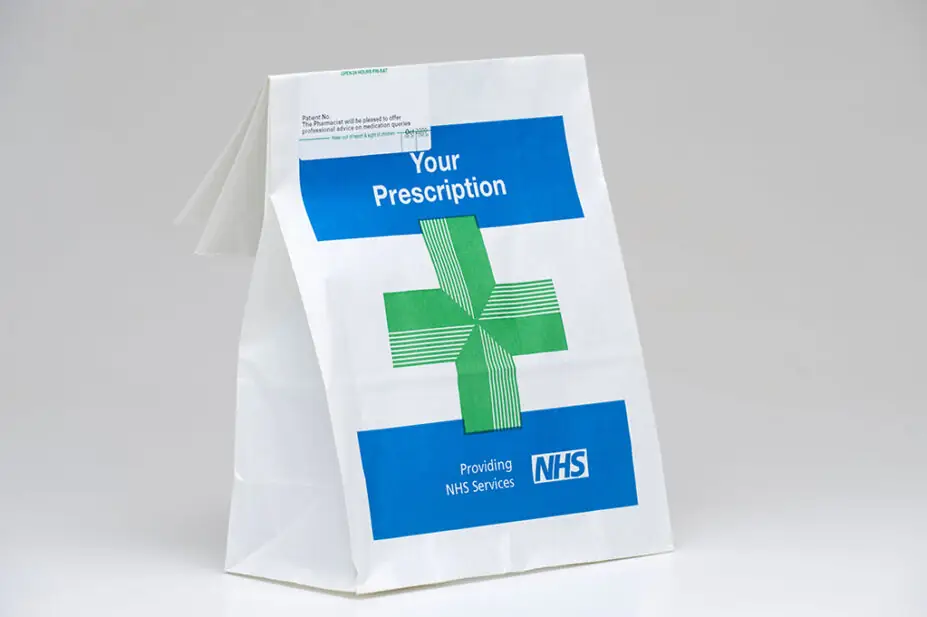
Shutterstock.com
Community pharmacies in England dispensed 1.16 billion prescription items in 2024/2025, which is a 4% increase on the previous year, data from the NHS Business Services Authority (BSA) have shown.
The report, published on 16 October 2025, revealed that this is the fourth consecutive year that the number of prescriptions dispensed via community pharmacies in England has risen (see Table).
Over the past ten years, the number of items dispensed has increased by 16% — from 995 million in 2015/2016 to 1.16 billion in 2024/2025, the report found.
However, the NHSBSA has highlighted that “despite handling record prescription volumes, the number of community pharmacies that submitted prescriptions to NHSBSA for processing has fallen to 11,098 — the lowest level since 2015/2016”.
On average, 104,000 items were dispensed per pharmacy, while 113,000 items were dispensed per appliance contractor, its report showed.
The data also revealed that of the 1.16 billion items dispensed in 2024/2025, 1.13 billion were dispensed using the electronic prescribing service (EPS), which represented 97% of all items dispensed. Among contractors, 99.2% of contractors dispensed at least one item through the EPS.
In 2024/2025, reimbursement costs for drugs and appliances were £10.4bn — a 2% increase from 2023/2024 — and the value of single activity fees paid to contractors was £1.5bn, the report found.
The report included data on Pharmacy First, which showed that 1.9 million items were dispensed following consultations under the service in 2024/2025, despite increasing rates of pharmacy closures in recent years.
An analysis of NHS data conducted by the National Pharmacy Association (NPA) and published in August 2025 showed that around ten pharmacies per month had closed in England in 2025.
A survey conducted by the NPA at the same time also found that up to 63% of pharmacies could close in the next year, with around four in ten (37%) being unable to pay in full for the cost of prescription medication for patients.
In addition, a study published in BMJ Open in May 2025 revealed that the median number of community pharmacies per 10,000 people in England was 1.51, which is a decrease from 1.60 pharmacies per 10,000 people in 2014, with patients in more deprived areas hit hardest.
Commenting on the NHSBSA data, Henry Gregg, chief executive of the NPA, said: “This data show that pharmacies are dealing with enormous workloads whilst the network has slumped to its smallest level for 20 years due to the impact of historic underfunding.
“When adjusted for recent closures, it reveals that an average pharmacy is managing a 30% increase in prescription volumes just in the last six years.
“This is clearly putting huge pressure on pharmacy teams and is unsustainable.”
“If the government are to achieve its ambitions in the ten-year plan to transfer more services to community pharmacies, they must provide the funding needed to stabilise the network and allow teams to deliver an expanded range of care to patients,” he added.
Malcolm Harrison, chief executive of the Company Chemists’ Association, said: “Community pharmacies continue to face an ever-increasing workload as demonstrated by another increase in dispensed items in 2024/2025.
“The number of prescriptions dispensed by community pharmacy has increased by 18.5% since 2014/2015. Prescription volume has risen in eight of the last ten years, with the constant increases only impacted during the [COVID-19] pandemic.
“It is imperative that future funding settlements recognise not just increased inflationary costs but also the increased workload arising from dispensing more NHS prescriptions and delivering more NHS services.”
You may also be interested in

Community pharmacy independent prescribing consultations triple in two years

Almost 7 million blood pressure checks delivered in community pharmacies since service began
